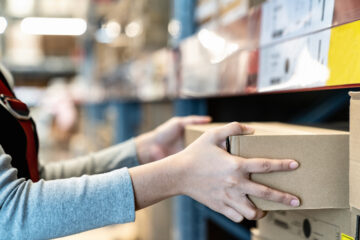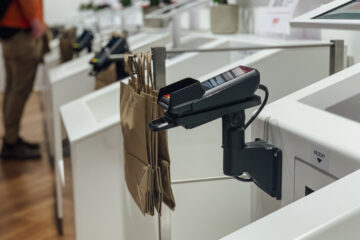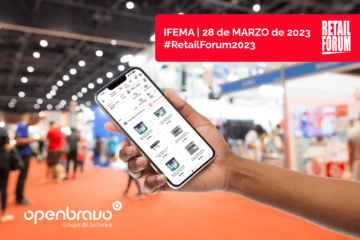QR Code: The heir to the barcode after 50 years in retail
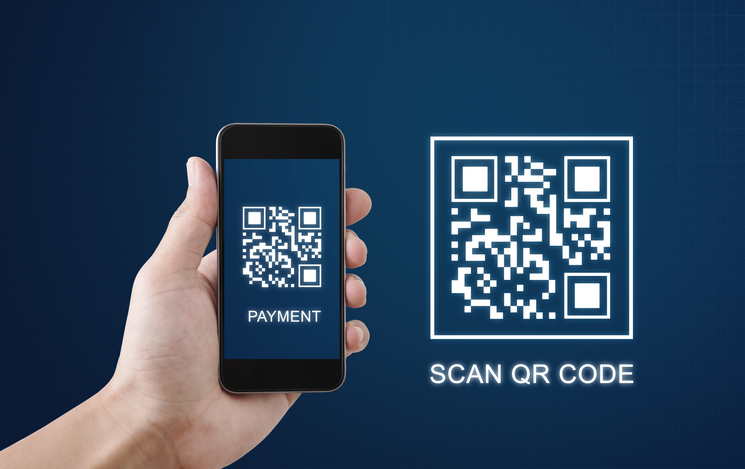
The barcode turned 50 years old on April 3rd. Today, another standard, the QR code, threatens its reign. According to GS1 data, barcodes are scanned 10 billion times a day worldwide, more than Google itself. They are used in sectors such as retail, healthcare, and construction. It is an invention that transformed global commerce, but its inventors only managed to obtain $15,000 from the sale of their patent.
Born on a Miami Beach
Perhaps not known by many, but it is true. In 1949, by inventor Norman Joseph Woodland, who had been working on the project since 1948 with his colleague Bernard Silver.
The goal was to design a system to increase the efficiency of supermarkets by capturing sales information at the point of sale. This need was expressed to the university by a supermarket executive.
After several attempts, the idea of the barcode came in 1949, with Woodland on a Miami beach. That day, he began running his fingers through the sand and realized that, just as Morse code was used to communicate information through sound, finding a way to visually represent his dots and dashes offered the perfect solution to the store checkout puzzle. The barcode was born. The idea was patented in 1952.
However, the technology required to drive it was not yet viable. That is why they ended up selling their patent to the Philadelphia Battery Company (Philco) for just $15,000. Later, Philco sold the patent to the Radio Corporation of America (RCA) in 1952, which tried to develop commercial applications during the 60s until the patent expired in 1969.
Making the Idea a Reality
RCA caught the interest of the National Association of Food Chains, which later formed the Ad Hoc Committee for Supermarkets in the United States to create a “Uniform Grocery Product Code.” This led to the creation of the Universal Product Code (UPC), led by IBM, where Woodland worked, and played a decisive role.
With the advancement of laser scanning technology and the world’s first commercial microprocessor in 1971 from Intel, scanning barcodes at the store became viable. Only the choice of a common symbol was missing. This happened on April 3, 1973, with the rectangular design that has reached our days. Shortly after, the entity that is now GS1 was founded, responsible for the development of all barcode standards.
On June 26, 1974, a pack of Wrigley’s gum sold at a Marsh supermarket in Troy, Ohio, became the first scanned product in a store.
Types of Barcodes
Since the first design in 1973, GS1 has developed different types of barcodes to meet the needs of various industries and activities. Some of them include:
- UPC/EAN: ideal for retail environments and stores
- GS1 Databar: includes additional information, such as the weight of fresh products
- GS1-128 and ITF-14: for distribution environments
Associations like AECOC in Spain are responsible for providing companies with the barcodes they need, following GS1 standards.
QR Code and Unified Commerce
The QR code (quick response code) is today another GS1 standard. Unlike linear barcodes, QR codes are 2D and can store up to 4,296 characters. It was invented by Masahiro Hara in 1994 to track and manage car components while working for a Japanese company called Denso Wave. QR codes are designed to be read by specific scanners and smartphone applications, and although they originated in the automotive industry, they have now spread to many others.
Their characteristics offer significant advantages to the retail industry, addressing the new needs and challenges of unified commerce. They can store much more information and enable new purchasing scenarios.
For example, a QR code on a product allows access to much more comprehensive and complex information. Information such as its origin, usage suggestions, or recommendations for other products. It is expected that QR codes will gradually replace barcodes on products. 2027 is expected to be the year that QR codes will officially replace barcodes in retail, according to GS1.
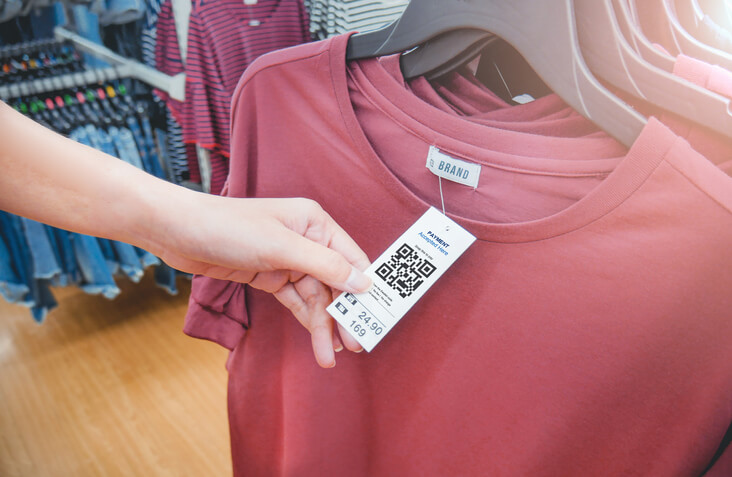
Today, it is also common to see QR codes on store windows. Scanning them can lead to a product page for purchase, a promotion, information about news or events, or joining the brand’s social network.
Another area where QR codes are becoming increasingly present is in payments, particularly enabling mobile scenarios. At the checkout, the buyer scans a QR code with their mobile phone and accesses a secure page to validate the payment. It is a simple and convenient way for retailers and buyers. Payment technology providers like Adyen, a partner of Openbravo, offer this type of capability as a standard in their technology.
What about RFID?
An RFID (radio frequency identification) tag is another option for product labeling. Its standards are also developed by GS1. Depending on the existing needs, we can find different types of RFID tags on the market. Passive, active, or semi-passive, operating at different frequencies.
The reduction in manufacturing costs and the size of RFID tags has increased their adoption. However, they are not applicable to all sectors and scenarios today, usually due to technical limitations imposed by the technology itself. Their implementation has also been associated with the risk of infringing on the privacy of buyers if not properly deactivated.
Nevertheless, their use offers significant benefits to the retail industry. For example, they facilitate mass reading of products in activities such as warehouse operations and inventory management. Current RFID readers allow for over 1,000 readings per second. In these environments, RFID tags can also be associated with physical items such as pallets and containers.
Two sectors that have seen significant RFID growth in retail in recent years are fashion and sports. An example is Decathlon, who, thanks to the use of RFID tags and self-checkout terminals, offer a fast and convenient checkout experience to their customers. Outside of stores, the use of RFID also allows Decathlon to have better control and end-to-end visibility of its entire supply chain.
Thanks, Barcode; Welcome, QR Code
After 50 years since its introduction, the barcode continues to have a significant presence in many industries. It is undoubtedly one of the innovations that has had the greatest impact on retail in its history. However, current needs such as unified commerce and the increasing volume of information seem to make the QR code an ideal candidate to replace it.
The story of the barcode is also a great example of innovation. It can arise at any time and place to change the world, even on the sands of a Miami beach.

